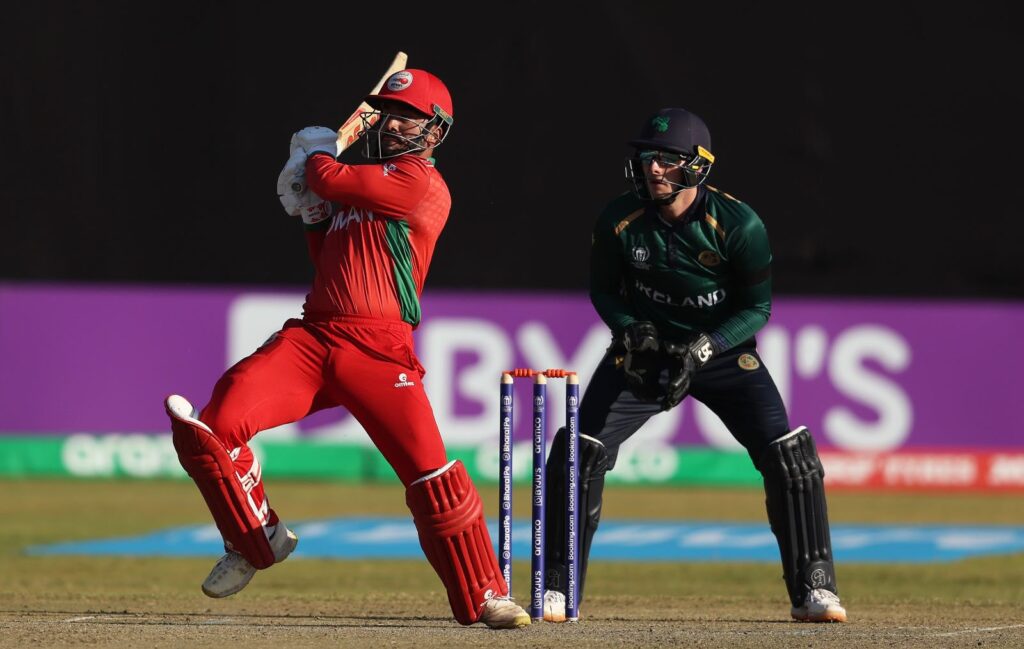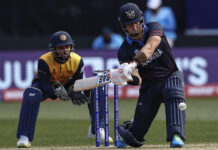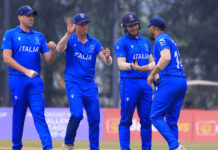Rod
If we think in evolutionary terms, the ICC’s long-term objective should be to oversee a steady increase in the number of countries able to be ‘competitive’ in each of the three formats. It’s an objective fact that if you want to grow the game in, say, Mali, Cambodia or Hungary, the best way to do it is through active marketing of T20 – or even T10. On the other hand, countries like Uganda, Bahrain and Germany should be looking towards eventual ODI status, while Nepal, Namibia and Scotland and the like should be working towards multi-day cricket.
That’s why the abolition of the Intercontinental Cup and the Super League is so stupid, an absolute denial of that sort of structured ambition. A league system guarantees fixtures, and a good system would ensure that the emerging countries were constantly challenged by facing more experienced sides, as the Dutch were in the Super League. It all requires money, of course, and that would mean the fat cats having to accept a little less cream in the interest of the common good. Is that really too much to ask?
The ODI World Cup raises the lion’s share of the cash that keeps 95% of ICC members afloat.
ODI cricket is the only profitable format where International cricket boards still exercise something like monopoly power.
Without ODIs international cricket would be dead inside a decade— Bertus de Jong (@BdJcricket) October 2, 2023
Nate
I don’t think it should be too much to ask. A league system is so important, and it keeps coming back to this. That’s one reason why the narrative that Netherlands defeating South Africa is amongst the greatest upsets in World Cup history is a dangerous one.
The Dutch didn’t just fall into the world cup without going through hell to get there. We all believe that it shouldn’t be as difficult as it is to qualify for the World Cup. But it is insanely difficult for an Associate Member to earn that right. The narrative around the Dutch for this World Cup should be that maybe the Super League was on to something. But what hope do we have for that to be a talking point when even Afghanistan can’t be fully accepted as established, in spite of finishing the Super League in 5th place, ahead of even India, Pakistan and South Africa.
As you said, Rod, the idea should be that teams improve, advance to the next stage, and have some hope of building on that momentum. Impossible to do that with glass ceilings in the way. Not having a league structure is a big glass ceiling.
The narrative around the Dutch for this World Cup should be that maybe the Super League was on to something.
At the same time, one of the goals of the ICC should be to grow the fan base around the world. What’s the best way to grow competitive cricket? More competitive cricket for the developing teams, clear goals, and real opportunity. What’s the best way to grow fans? A high quality broadcast that is well advertised. There is no question that the quality of play in the Cricket World Cup League Two far exceeds the quality of the broadcast at this level. And that’s not for lack of broadcasting talent in the Associate world, that’s for lack of funding and prioritisation.
If the ICC were to say “look, we have to shake things up for the sake of the future of the game. We’re going to really dial back ODI in favour of T20i that’s organised in a league structure, and we are investing heavily in broadcast.” I would probably take that compromise.
High quality broadcasts via satellite (some locations need that) with the likes of Andrew Leonard, Julia Price and Daniel Beswick on commentary… sign me up for a multi-year subscription!
But I think ODI is worth saving.
I like Adit’s idea for a new league structure. And I think trilaterals should be utilised to make up the calendar. Trilaterals or quadrilaterals would boost interest overall, in my opinion, and bring exposure to the lesser known teams, as they’d be occasionally grouped with a couple of heavily followed teams. This would make for better informed cricket fans, which we desperately need. The average cricket fan could use some more sophistication. Clearly this is a big problem, as it is mirrored throughout cricket media. Hence the need for discussions like this.
But how do you balance a structured T20i league with a structured ODI league when the tables will certainly have different configurations? It’d be tough to strike a competitive balance with an aggregate table of the two. There might not truly be enough calendar to create the context that we want to see in both formats. Something really does have to give.
Continued on the next page







